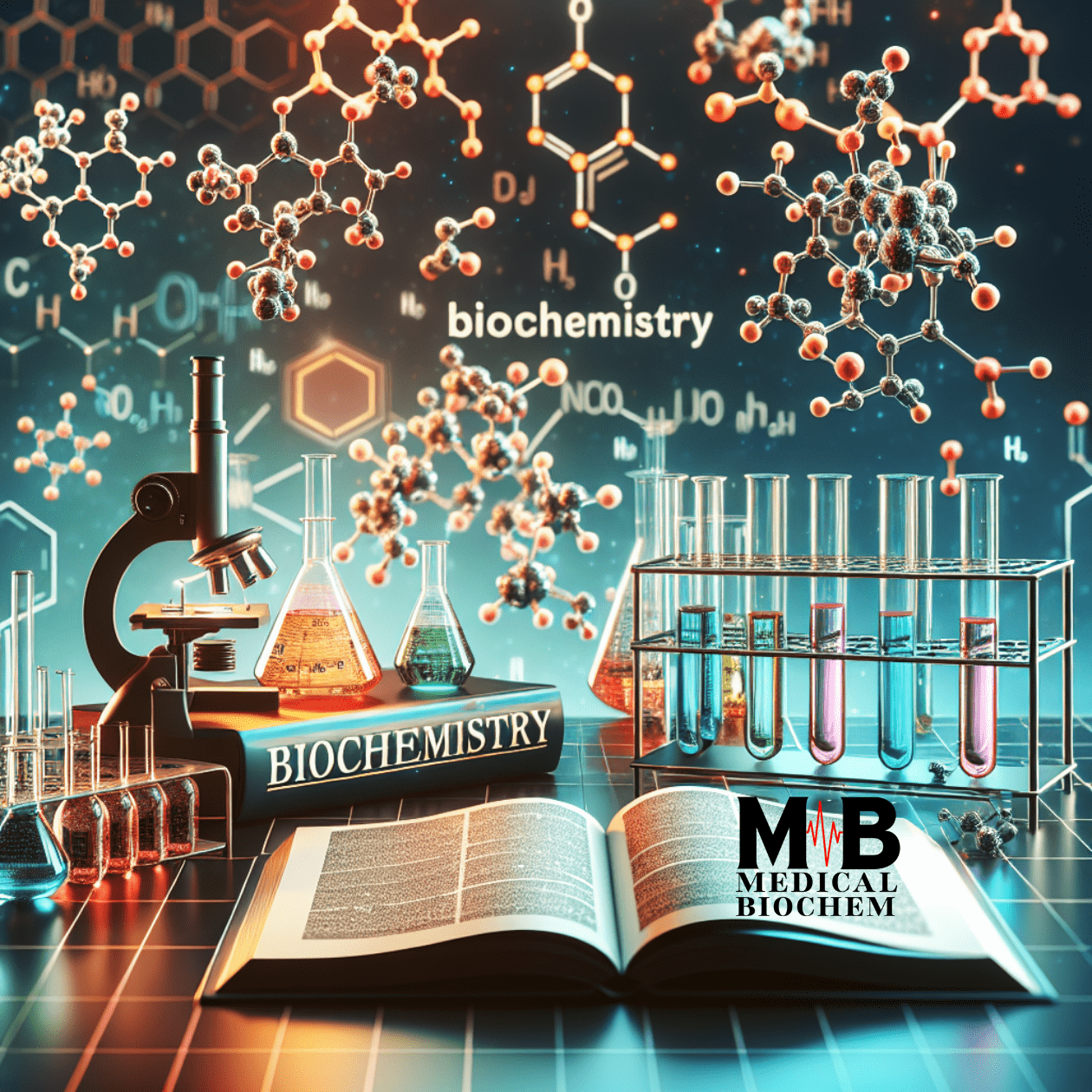Biochemistry is a fascinating field that merges the principles of biology and chemistry to explore the molecular mechanisms that underpin life. This discipline examines the chemical processes and substances that occur within living organisms, providing insight into how life operates at a molecular level. From understanding metabolism to exploring the role of enzymes and hormones, biochemistry serves as a foundation for numerous scientific advancements, including medicine, genetics, and biotechnology.

The Origins of Biochemistry
Biochemistry has its roots in both biology and chemistry, with historical milestones marking its evolution. In the 19th century, scientists began to unravel the complexity of living organisms through chemical analysis. Pioneering work by figures like Friedrich Wohler, who synthesized urea in 1828, challenged the notion that organic compounds could only be produced by living organisms. This breakthrough laid the groundwork for a deeper understanding of biological molecules.
As the field progressed, advancements in technology, such as spectroscopy and chromatography, enabled scientists to analyze complex biological molecules more effectively. The discovery of DNA’s structure by James Watson and Francis Crick in 1953 further revolutionized biochemistry, opening up new avenues for research in genetics and molecular biology.
Key Concepts in Biochemistry
To grasp the significance of biochemistry, it’s essential to understand several key concepts:
1. Macromolecules
Biochemistry primarily focuses on four types of macromolecules: carbohydrates, lipids, proteins, and nucleic acids. Each of these plays a vital role in cellular functions and overall organism health.
- Carbohydrates: These molecules serve as a primary energy source for cells. Simple sugars like glucose are vital for metabolic processes, while complex carbohydrates, such as starch and glycogen, provide energy storage.
- Lipids: Comprising fats, oils, and phospholipids, lipids are crucial for cellular structure and function. They form cell membranes and serve as long-term energy reserves.
- Proteins: Composed of amino acids, proteins perform a myriad of functions, from catalyzing biochemical reactions as enzymes to providing structural support in cells.
- Nucleic Acids: DNA and RNA are essential for genetic information storage and transmission. They play a pivotal role in protein synthesis and gene regulation.
2. Enzymes and Catalysis
Enzymes are specialized proteins that act as catalysts, speeding up biochemical reactions. They lower the activation energy required for reactions to occur, enabling essential processes like digestion and metabolism to happen efficiently. Each enzyme is specific to a particular substrate, ensuring precise regulation of metabolic pathways.
Understanding enzyme kinetics—the study of the rates of enzyme-catalyzed reactions—is critical for fields like pharmacology, where enzyme inhibitors can serve as medications. By inhibiting specific enzymes, scientists can influence metabolic pathways and treat various diseases.
3. Metabolism
Metabolism encompasses all biochemical reactions occurring within an organism. It can be divided into two main categories: catabolism, which breaks down molecules to release energy, and anabolism, which uses energy to construct complex molecules.
The interplay between these processes ensures that organisms can efficiently manage energy resources, adapt to environmental changes, and maintain homeostasis. Understanding metabolism is fundamental for research in nutrition, exercise physiology, and metabolic disorders.
Biochemical Techniques and Technologies
Biochemists utilize various techniques to analyze and manipulate biological molecules. Here are a few prominent methods:
- Chromatography: This technique separates compounds based on their chemical properties. It’s widely used for purifying proteins and identifying metabolites in biological samples.
- Electrophoresis: A method for separating nucleic acids or proteins based on size and charge. It allows researchers to analyze genetic material and study protein expression.
- Mass Spectrometry: This powerful technique identifies compounds based on their mass-to-charge ratio. It’s essential for metabolomics and proteomics, helping scientists understand complex biological systems.
- CRISPR-Cas9: A groundbreaking tool for gene editing, CRISPR allows scientists to modify specific DNA sequences. This technology has vast implications for genetics, agriculture, and medicine.
The Role of Biochemistry in Health and Disease
Biochemistry plays a crucial role in understanding health and disease. Many medical conditions, such as diabetes, cancer, and genetic disorders, have biochemical roots. By studying the molecular mechanisms involved, researchers can develop targeted therapies and diagnostic tools.
1. Cancer Research
Cancer is characterized by uncontrolled cell growth, often due to mutations in key regulatory proteins. Biochemists investigate these mutations to develop targeted treatments, such as monoclonal antibodies and small molecule inhibitors that specifically attack cancer cells while sparing healthy ones.
2. Metabolic Disorders
Conditions like diabetes and obesity arise from metabolic imbalances. Biochemists study insulin signaling pathways and lipid metabolism to develop interventions that can help manage these disorders. Understanding the biochemical basis of these diseases enables the creation of more effective therapies.
3. Pharmacology
Biochemistry is integral to drug development. Understanding the molecular targets of drugs and their biochemical pathways allows researchers to design medications that effectively modulate biological processes.
The Future of Biochemistry
As technology advances, the field of biochemistry continues to expand. Emerging areas such as synthetic biology and systems biology promise to revolutionize our understanding of life. Synthetic biology aims to redesign organisms for useful purposes, while systems biology seeks to understand complex interactions within biological systems.
The integration of artificial intelligence and machine learning in biochemistry research will likely accelerate discoveries and innovations. By analyzing vast datasets, researchers can identify patterns and relationships that were previously overlooked, enhancing our understanding of biological systems.
Conclusion
Biochemistry stands at the intersection of biology and chemistry, providing crucial insights into the molecular mechanisms of life. From understanding the fundamental building blocks of organisms to developing therapies for diseases, biochemistry continues to impact various scientific fields. As research progresses, the potential for biochemistry to contribute to medical advancements, environmental solutions, and technological innovations remains vast.
By appreciating the complexities of biochemistry, we can better understand the processes that sustain life and harness this knowledge for the betterment of society. Whether through research, education, or application, biochemistry remains a cornerstone of modern science.


